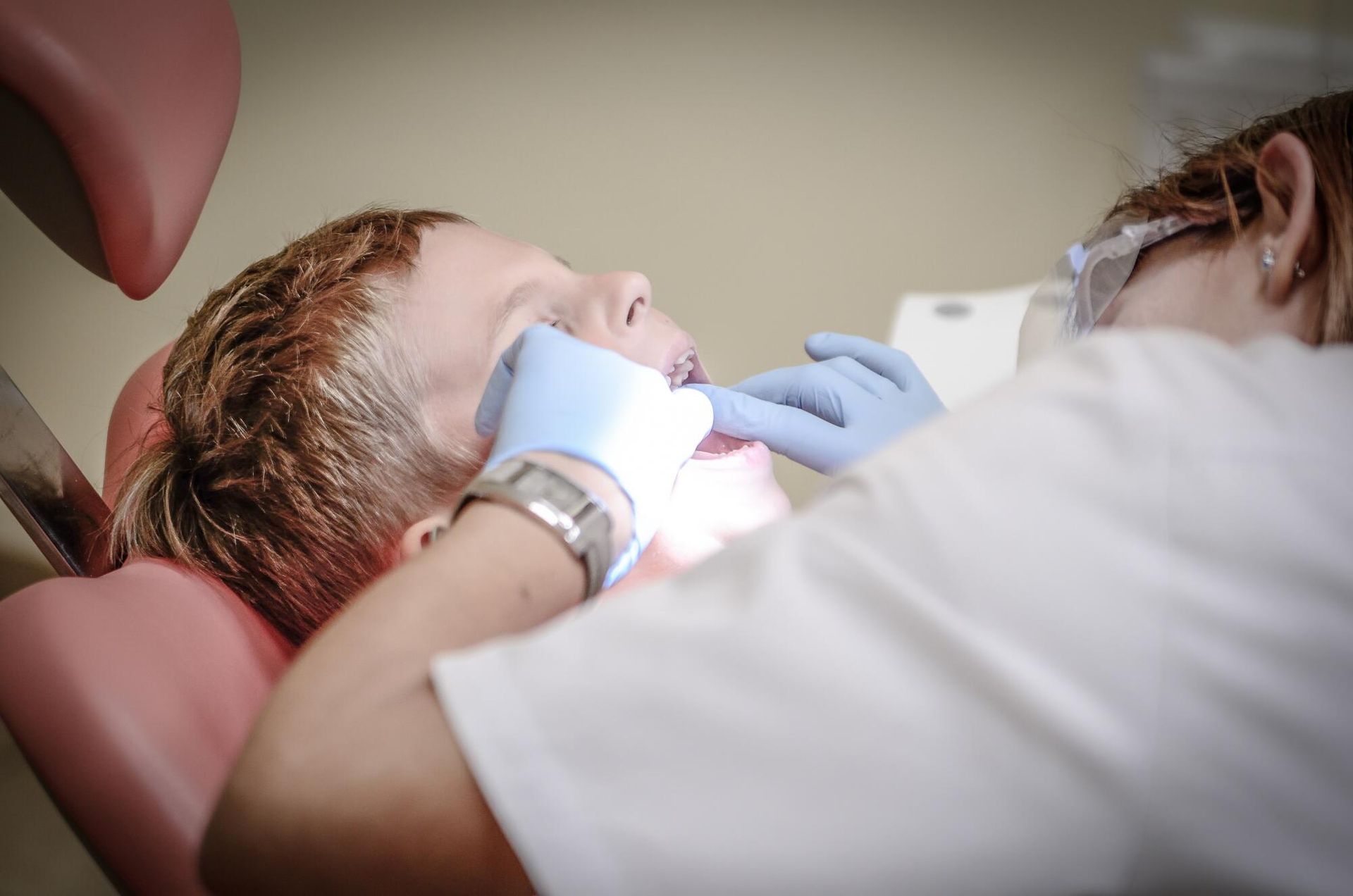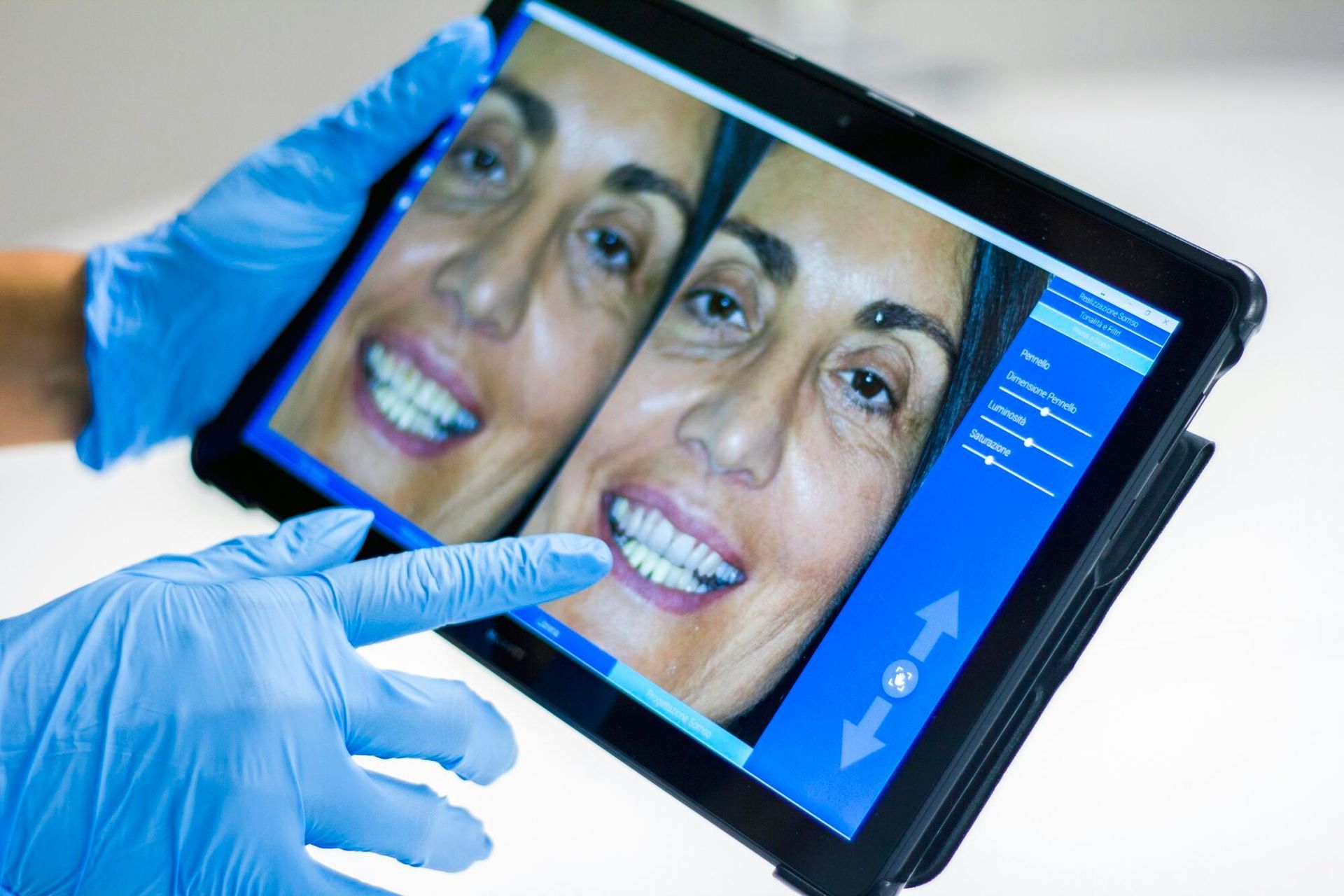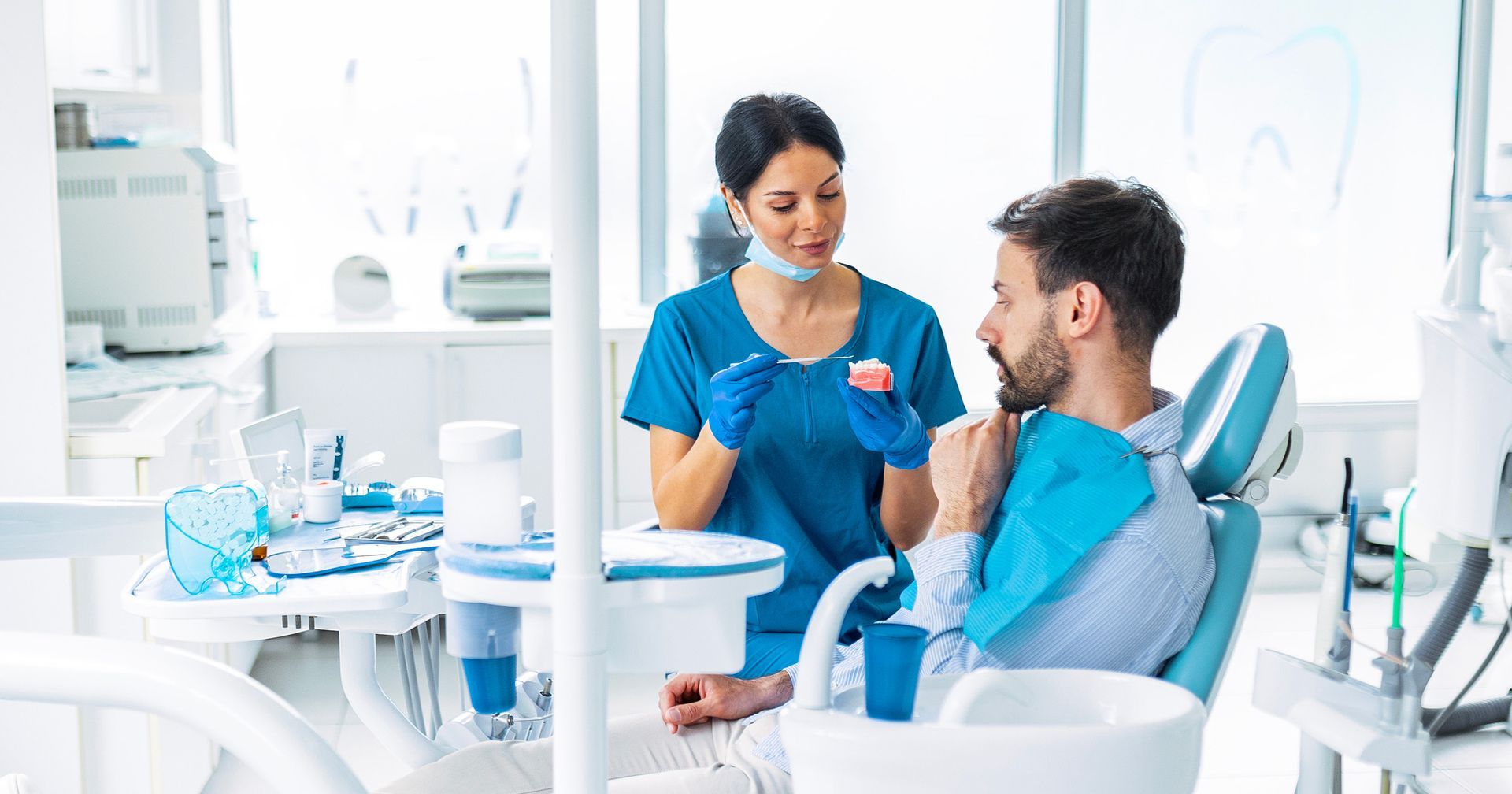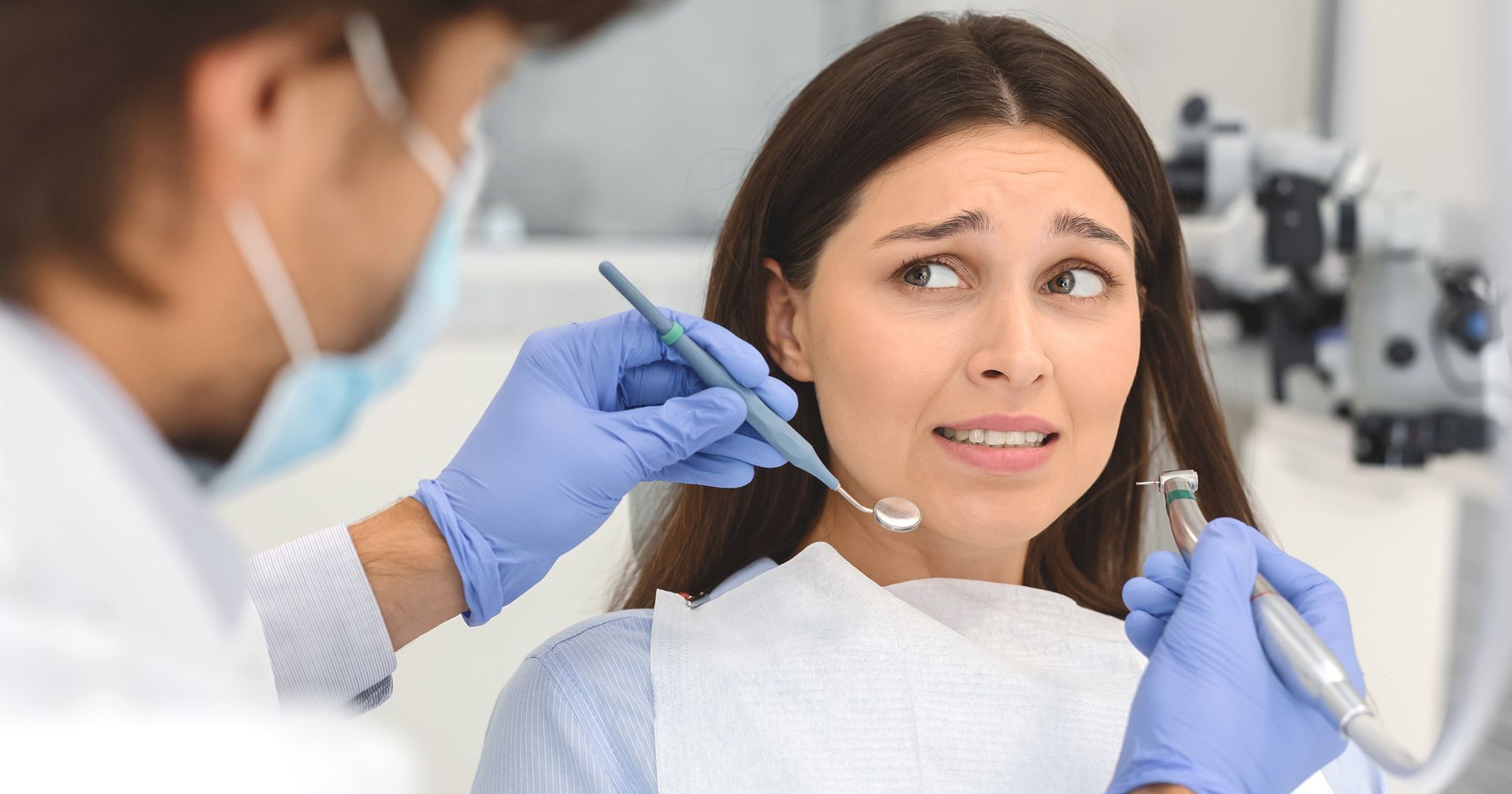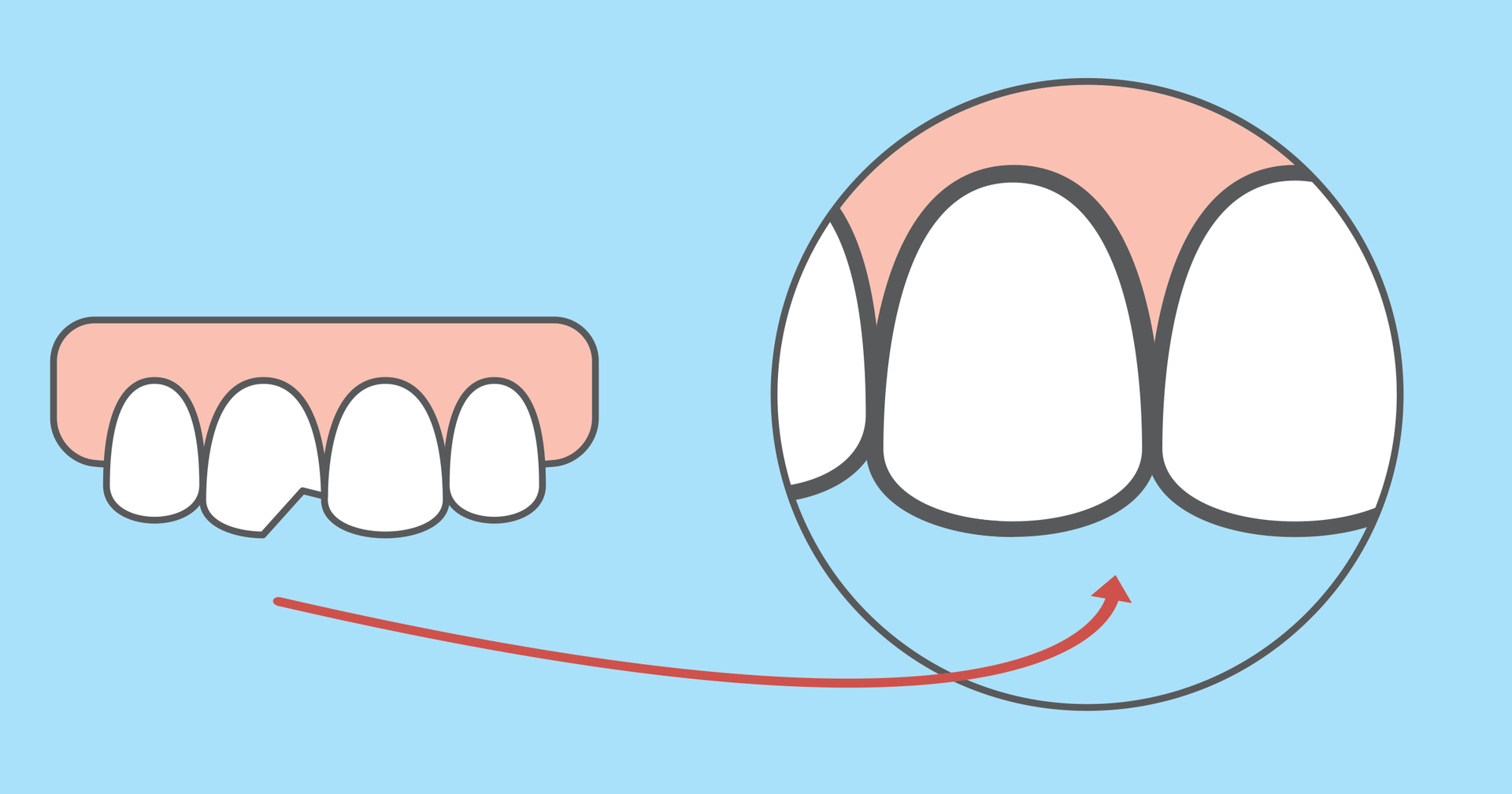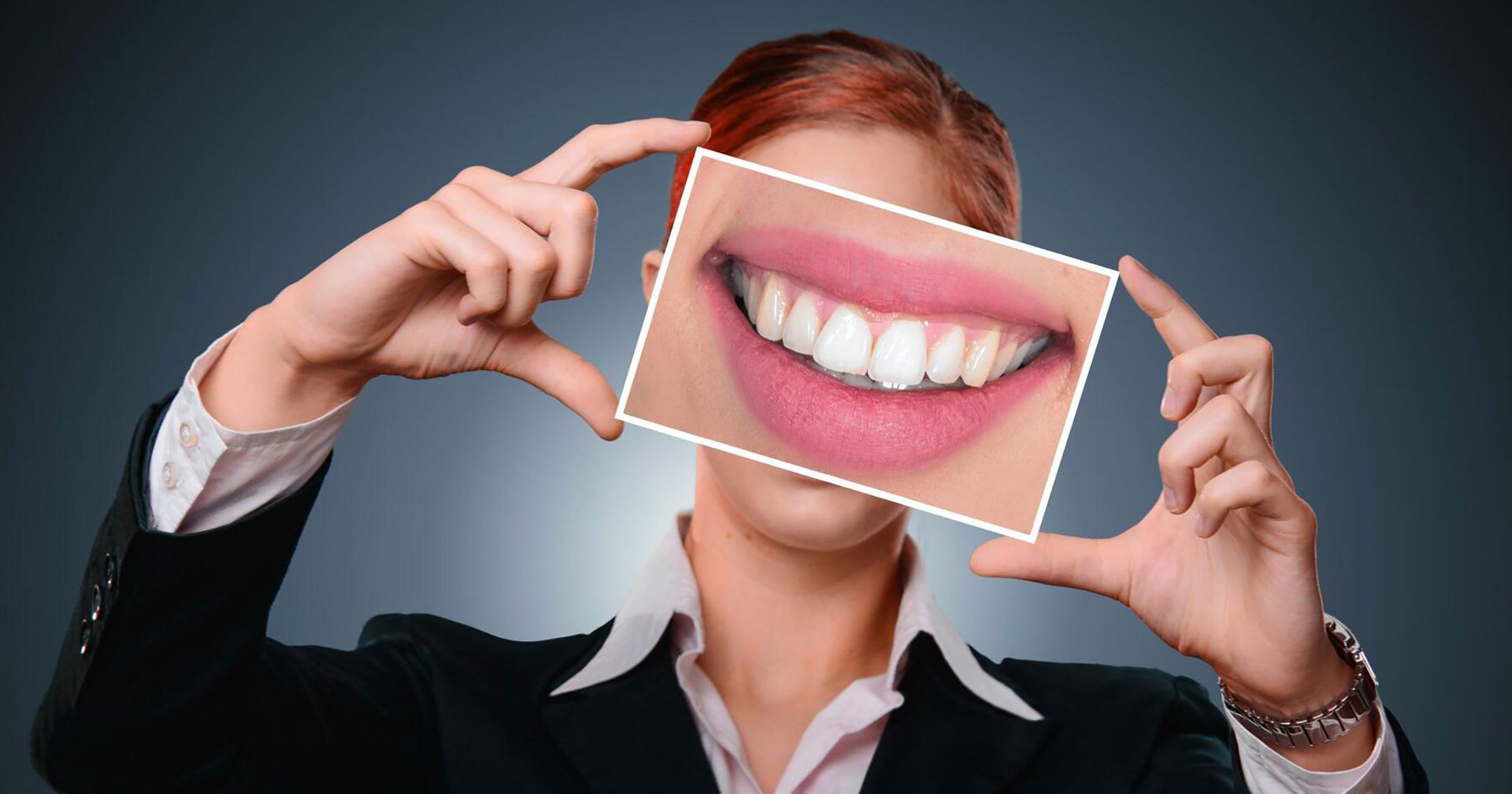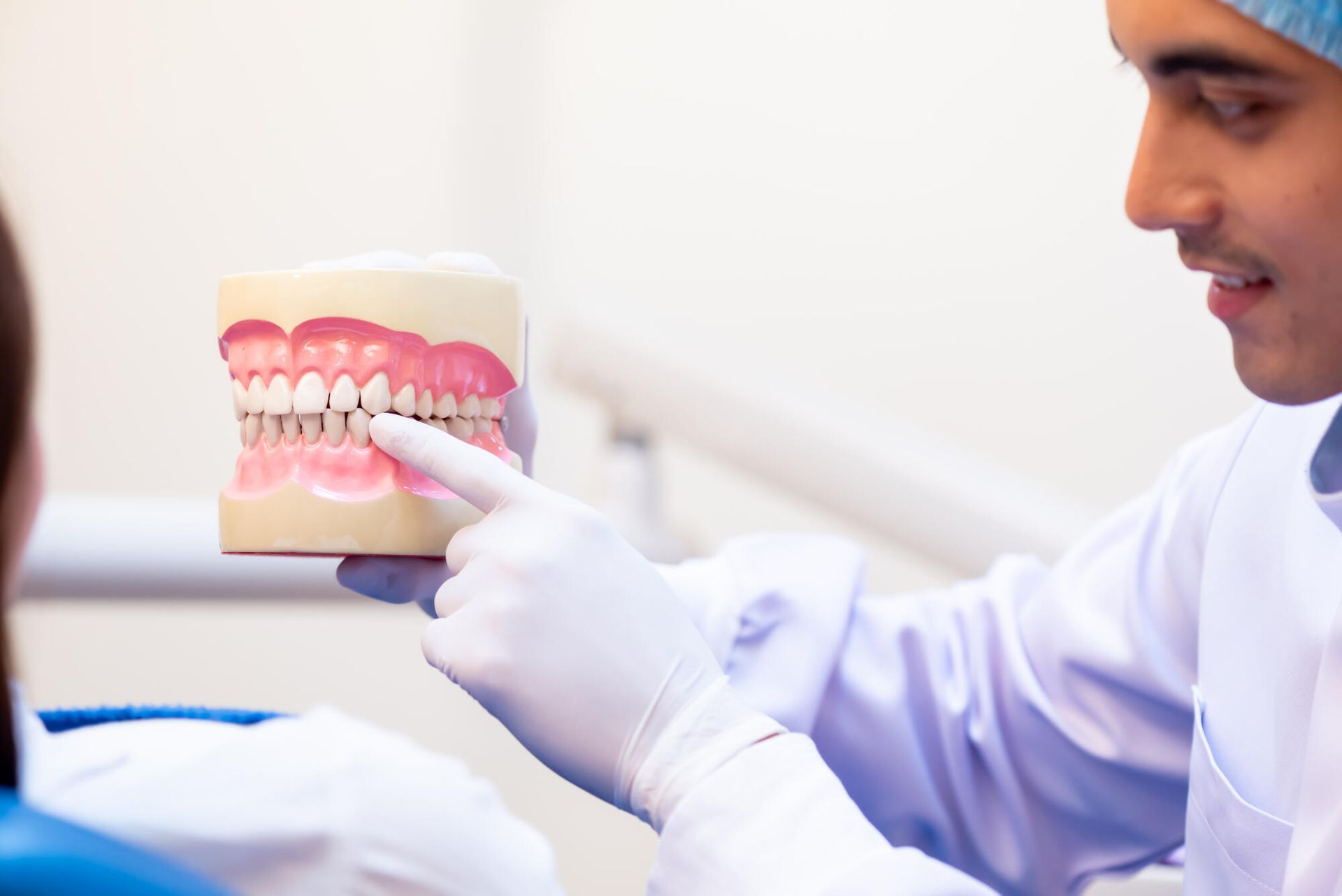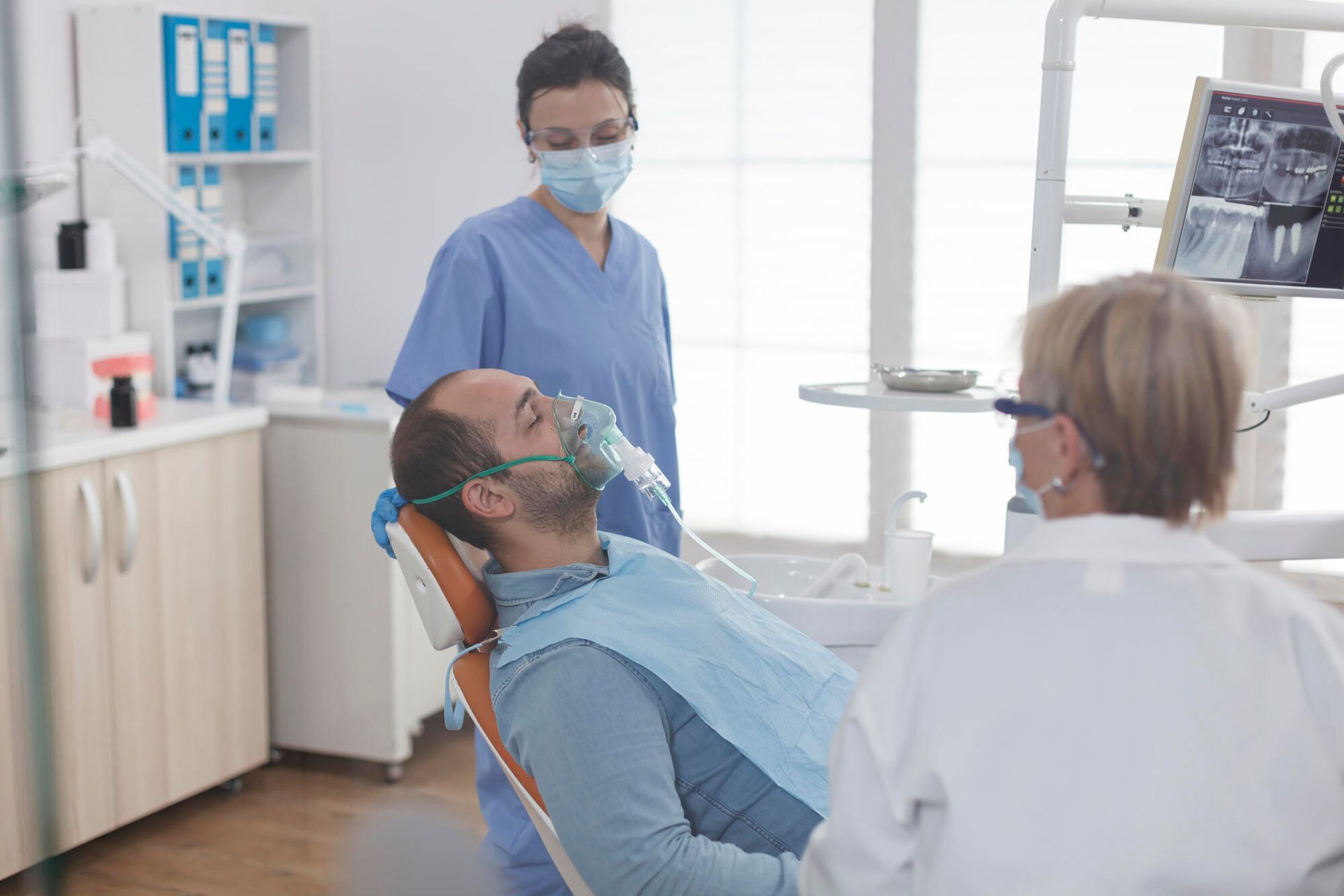Everything to Know About a Dental Bone Graft

If you have lost part of your jawbone, you can opt for a dental bone graft procedure. Learn everything about it in this guide.
The global market for bone grafts could reach $11.5 billion by 2026 as more people require facial and dental surgery. If your dentist is recommending a dental bone graft, don't worry; it sounds scarier than it actually is.
What is dental bone grafting, exactly, and who needs this procedure? Read on to find out!
Reviewing this guide can help you determine if it's time to seek treatment from your
local dentist in Catoosa, OK. Learn more today!
What Is a Bone Graft?
Dental bone graft procedures are necessary if you experience bone loss in your jaw. This procedure is often performed before a dental implant procedure. You might need it if bone loss is affecting your surrounding teeth as well.
A bone graft will help add density and volume to your jaw where bone loss occurred.
In some cases, your dentist or oral surgeon will take bone from somewhere else in the bone to surgically fuse it with the bone in your jaw. In other situations, synthetic bone material is used instead.
For example, your dentist might take bone from your tibia, hip, or the back of your jaw. This approach, known as autografts, is considered the gold standard. This route will increase bone support in your jaw, which can encourage faster bone formation and healing.
The four types of dental bone grafts include:
- Autografts (bone is taken from your bone)
- Allografts (bone is taken from another person)
- Xenografts (involving bone from another species)
- Alloplasts (involving synthetic material)
The synthetic material used for alloplasts might involve calcium sodium phosphosilicate or calcium phosphate.
During the procedure, your dentist will make an incision in the jaw to attach (graft) the bone material in place).
Is It Painful?
If your bone graft doesn't require harvesting bone from your body, it's a minor procedure.
You'll remain sedated during the dental bone grafting process. However, you could experience pain when the anesthesia wears off. You can use over-the-counter pain relievers to minimize symptoms.
Your Catoosa dentist might recommend prescription-strength pain medication if the pain is severe.
When the bone material is obtained from your body, the recovery process can take longer. Surgery is usually done in two places (like your hip and jaw). However, the discomfort period should be brief, since only a small amount of bone is harvested.
Candidates
Talk to your dentist in Catoosa, OK to determine if you're an ideal candidate for oral surgery. They'll help you review your treatment options based on your needs.
By 2050, geriatric patients will account for about 20% of the global population (65 years and older). The growth of this population drives the prevalence of periodontal disease, which drives the need for bone grafts and oral surgery.
Periodontal (gum) disease could cause you to lose teeth if left untreated for too long. As a result, you might need dental implants to replace your missing teeth. Patients who are going to receive implants are ideal candidates for jawbone grafts.
Dental implants are artificial roots that look like screws. They're surgically placed into the jawbone to provide stimulation. A crown is placed on top, which will look and function like your natural teeth.
To be considered a candidate for implant surgery, you'll need a strong enough base for the implant. Bone grafting could help.
If an area of your jaw has experienced bone loss due to gum disease or tooth loss, talk to your Catoosa dentist. They might recommend a jawbone graft to support the section of your jaw that lost bone. Otherwise, bone loss will continue affecting your nearby teeth and gums.
Stabilizing your jaw with a bone graft can help you avoid long-term complications.
Your appearance might begin to change if you've experienced bone loss. For example, your face might look shorter. Your lower jawbone might begin to protrude forward.
Your skin might begin to look more wrinkled, too. A bone graft could help.
The Procedure
You won't need to do much to prepare for your oral surgery. Talk to your Catoosa, OK dentist for a list of instructions. Their checklist might include:
- Avoid eating about 12 hours before the procedure
- Discuss what medications you're using
- Make arrangements to get home
Some medications, including blood thinners, can increase the risk of bleeding or other complications during surgery. Your dentist will let you know which medications to avoid.
Once you receive your anesthesia, your dental technician will clean the treatment area. Your oral surgeon will then make an incision in your gum line. They'll separate the gum from the bone based on where the graft will be placed.
Your surgeon will then place the bone material between the sections of bone that need to grow together. They'll secure the graft using a dissolvable adhesive material before sewing the incision back up. Then, the healing process begins.
Recovery
Talk to your dentist for instructions following your procedure.
For example, you'll need to change the dressing around the incision site over the next 24 hours. You'll also need to take prescription antibiotics to prevent infection.
While you're healing, try:
- Applying ice packs to the area
- Eating soft, bland foods
- Sleeping with your head elevated
- Avoid hot liquids
- Avoid hard or crunchy foods
- Minimize physical activity
Follow these tips for the first few days.
Your jaw should feel normal after a few weeks. If you require dental implants, it could be a few months before your next procedure.
Make sure to follow up with your Catoosa dentist. They could schedule X-rays or complete a physical exam to assess your healing.
Side Effects
Your dentist will walk you through common side effects you might experience, which include:
- Pain
- Swelling
- Minor bleeding
- Difficulty chewing and speaking
These side effects should subside after a few days.
Unusual but serious side effects include blood clots, nerve damage, and rejection of the bone graft. Make sure to discuss any serious side effects you experience with your dentist right away.
Dental Bone Graft: Talk to Your Dentist Today
If you need a dental bone graft, don't worry; your Catoosa dentist is here to help. With treatment, you can minimize jawbone loss before it affects your oral health. Otherwise, jawbone loss could lead to tooth loss and other issues.
Need to schedule your upcoming oral surgery right away? We can't wait to see you.
Contact us today to get started.
